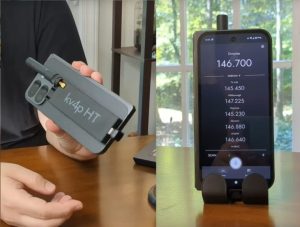There are thousands of satellites out in space, orbiting the Earth. In most cases, these satellites are put in their proper place to serve a specific mission, and then after the mission, they shut down and continue to orbit until they eventually get sucked into the Earth’s atmosphere, where they burn up.
Depending on how high of an orbit the satellite is in, it can take many years before its orbit decays enough to be pulled back through the atmosphere. In addition, many satellites have positioning thrusters on them to help keep them in place longer than would otherwise be possible.
Satellites go offline for a number of reasons, including a shutdown command from Earth, damage to key systems, batteries dying, and more. Once the satellites are offline, they are expected to stay offline until they burn up, but that isn’t always what happens.
Recently, the NASA Relay 2 satellite, which was in operation back in the 1960s, sent a brief radio pulse back to Earth. This was very unexpected since it had been offline for a very long time. This satellite, along with Relay 1, were experimental communication satellite. Relay 2 was offline as of 1965, with its transponders fully failing by 1967.
So, it is not a mystery why NASA was quite surprised to receive a 30-nanosecond transmission from it on June 13, 2024. Experts have been looking into the signal to try to figure out what happened. They have come up with a couple of options:
- Accumulated Electrostatic Charge – Over time, the satellite systems may have slowly accumulated electrostatic charges until they reached a point where a discharge could occur, which happened in the form of the signal received.
- Micrometeroids – If a micrometeoroid struck the satellite, it is possible that it would have created a cloud of plasma at impact. This could have generated the signal that was sent back to Earth.
The experts looking into these options published a paper on the possibilities, which has been accepted for publication in The Astrophysical Journal.
Read more – Twisted Sifter: http://bit.ly/4gSJGwW










1 thought on “Zombie Satellites Sometimes Come Back To Life, Surprising Even NASA”
Comments are closed.